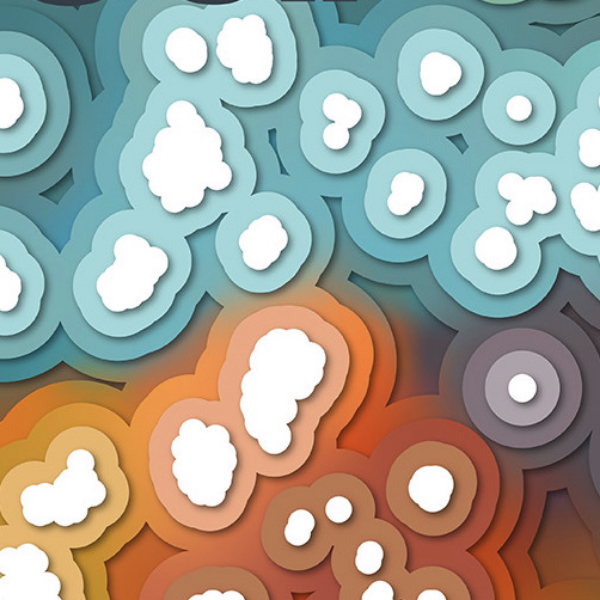Our papers are the official record of our discoveries. They allow others to build on and apply our work. Each one is the result of many months of research, so we make a special effort to make our papers clear, inspiring and beautiful, and publish them in leading journals.
- Date
- Subject
- Theme
- Journal
- Citations
- Altmetric
- SNIP
- Author
 M. Burtsev
M. Burtsev A. V. Kosyak
A. V. Kosyak J. Wang
J. Wang Y. He
Y. He O. Gamayun
O. Gamayun E. Sobko
E. Sobko F. Sheldon
F. Sheldon F. Caravelli
F. Caravelli I. Shkredov
I. Shkredov A. Stepanenko
A. Stepanenko A. Sarikyan
A. Sarikyan A. Esterov
A. Esterov A. Ochirov
A. Ochirov M. Reeves
M. Reeves T. Fink
T. Fink G. Caldarelli
G. Caldarelli R. Hannam
R. Hannam A. Coolen
A. Coolen O. Dahlsten
O. Dahlsten A. Mozeika
A. Mozeika M. Bardoscia
M. Bardoscia P. Barucca
P. Barucca M. Rowley
M. Rowley I. Teimouri
I. Teimouri F. Antenucci
F. Antenucci A. Scala
A. Scala R. Farr
R. Farr A. Zegarac
A. Zegarac S. Sebastio
S. Sebastio B. Bollobás
B. Bollobás F. Lafond
F. Lafond D. Farmer
D. Farmer C. Pickard
C. Pickard T. Reeves
T. Reeves J. Blundell
J. Blundell A. Gallagher
A. Gallagher M. Przykucki
M. Przykucki P. Smith
P. Smith L. Pietronero
L. Pietronero

Economic complexity
Renewable resource management
Modern portfolio theory inspires a strategy for allocating renewable energy sources which minimises the impact of production fluctuations.

Ignoble research
Volunteer clouds
A novel approach to volunteer clouds outperforms traditional distributed task scheduling algorithms in the presence of intensive workloads.

Financial risk
Immunisation of systemic risk
Targeted immunisation policies limit distress propagation and prevent system-wide crises in financial networks according to sandpile models.

Network theory
Cascades in flow networks
Coupled distribution grids are more vulnerable to a cascading systemic failure but they have larger safe regions within their networks.
Network theory
Self-healing complex networks
The interplay between redundancies and smart reconfiguration protocols can improve the resilience of networked infrastructures to failures.
Economic complexity
Network analysis of export flows
Network theory finds unexpected interactions between the number of products a country produces and the number of countries producing each product.
Mathematical medicine
Networks for medical data
Network analysis of diagnostic data identifies combinations of the key factors which cause Class III malocclusion and how they evolve over time.
Network theory
Robust and assortative
Spectral analysis shows that disassortative networks exhibit a higher epidemiological threshold and are therefore easier to immunize.